What is the Bitcoin 2024 halving and how could it impact crypto?
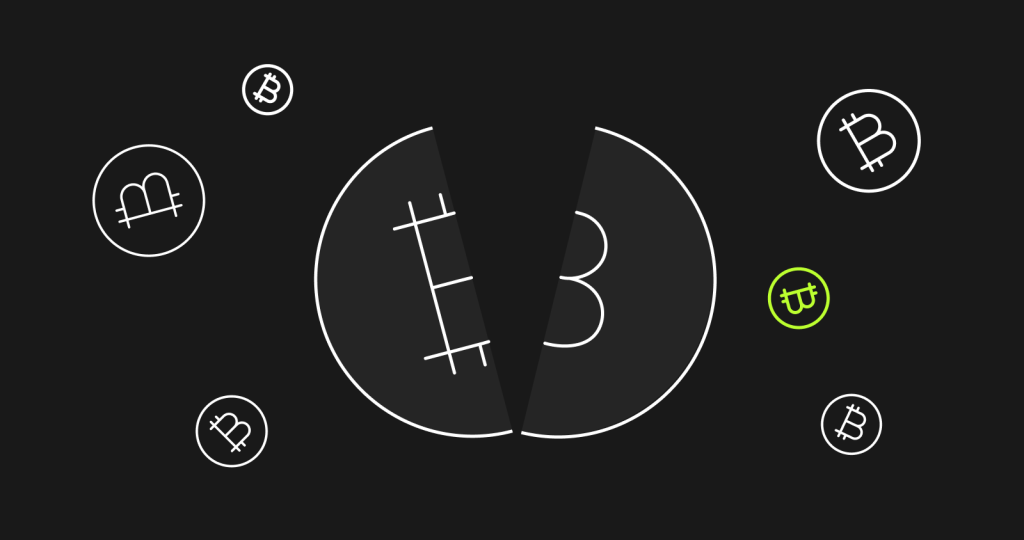

The arrival of 2024 marked the countdown to a major event in the Bitcoin calendar — the halving. But what is the Bitcoin halving exactly? According to the Bitcoin white paper, it's a built-in feature of Bitcoin's programming that occurs approximately every four years. This unique event cuts the number of Bitcoins awarded to miners for processing transactions in half. Why does this matter? Well, it's all about supply and control.
Bitcoin, created by Satoshi Nakamoto, was cleverly planned to have a limited supply of 21 million coins to avoid inflation — a familiar issue with traditional currencies that central banks control. The halving procedure is crucial in Bitcoin's strategy to reach its objective. Through a gradual decrease in the number of new Bitcoins entering circulation, the halving seeks to heighten scarcity. This, in theory, helps to drive up the worth of each coin as the maximum supply draws near.
TL;DR
-
2024 halving is incoming: The 2024 Bitcoin halving is set to halve mining rewards again, stirring excitement and speculation in the crypto world.
-
Supply and scarcity: This event plays a vital role in controlling Bitcoin's inflation and enhancing its scarcity.
-
Historical price impact: Past halvings have significantly influenced Bitcoin's price, leading to substantial market surges.
-
Miners' challenge: The halving impacts mining profitability, pushing the industry towards more efficient practices and technologies.
-
Future of Bitcoin: The upcoming halving raises intriguing questions about Bitcoin's valuation, adoption, and the sustainability of mining practices.
Learn more
What is the Bitcoin halving?
The process of Bitcoin halving, which happens every 210,000 blocks, involves cutting the reward for mining Bitcoin transactions in half. This feature was programmed into Bitcoin's code by its creator, Satoshi Nakamoto, and resulted in a reduction in the mining reward every four years.
Initially, miners were given 50 BTC per block, but this reward decreases after each halving. The next halving in 2024 will reduce the reward from 6.25 to 3.125 BTC. The halving procedure plays a significant role in regulating the inflation of Bitcoin and preserving its worth. By decreasing the speed at which fresh Bitcoins are produced, Bitcoin imitates the limited availability of valuable metals such as gold.
This scarcity is believed to have contributed to Bitcoin's price appreciation over time. Halving events are significant because they introduce a deflationary aspect to Bitcoin, opening the door to those seeking to preserve capital value in an environment where traditional currency inflation might devalue. The predictability and transparency of these events contrast sharply with the often discretionary monetary policies of central banks.
The upcoming Bitcoin 2024 halving has sparked excitement in the crypto community. Previous halving events have resulted in significant surges in Bitcoin's value. For example, after the 2016 halving, Bitcoin's price soared to nearly $20,000 by the end of 2017.
This trend has led to speculation that the 2024 halving may trigger another substantial price hike, with some forecasts even predicting new record highs. This potential increase is being considered in light of other economic factors, such as the 2022 crypto winter and the 2023 economic downturn.
It's important to remember that historical trends are just that — historic. There's never a guarantee that history will repeat itself. Doing your own research is very important, as crypto is highly volatile. The Bitcoin halving is a key feature that significantly influences the cryptocurrency's economics and market behavior. Here we are, in 2024, with many asking, "what's next for Bitcoin after the halving?"
Impact and historical trends
Historical overview and analysis
Here's an overview of the Bitcoin halving timeline.
-
2009 inception: Bitcoin started with a mining reward of 50 BTC per block.
-
2012 halving: Reduced to 25 BTC, leading to a price surge from about $12 to over $200 within a year.
-
2016 halving: Mining reward further cut to 12.5 BTC, preceding a recovery with Bitcoin reaching around $19,700 by December 2017.
-
2020 Halving: Reward dropped to 6.25 BTC, followed by a price jump from $8,787 to nearly $69,000 by November 2021.
Impact on supply and demand dynamics
When Bitcoin is halved, its production rate is reduced, decreasing the overall amount of available Bitcoin. This limited supply, coupled with a rising demand, typically leads to an increase in the value of Bitcoin. The intentional cap of 21 million coins determines Bitcoin's worth. As a result, the halving process plays a significant role in shaping Bitcoin's economic framework and its perception in the marketplace.
Market sentiment and long-term trends
Bitcoin halvings often cause a lot of anticipation in the market. The possibility of a decrease in supply and potential price increases generates optimistic feelings among traders. On the other hand, these events can also instill worry, hesitation, and skepticism, causing temporary changes and instability in the market. Despite these immediate impacts, halvings are essential for the network's long-term security and stability, incentivizing miners to adapt to lower rewards and maintain network integrity.
Effects on the mining community
Bitcoin halving events significantly impact the mining community, prompting immediate adjustments and long-term practice changes. Every halving event reduces the block reward by half, directly impacting miners' earnings. For instance, the 2020 halving lowered rewards from 12.5 BTC to 6.25 BTC per block.
The decrease in efficiency may result in immediate difficulties in generating gains, particularly for less efficient miners. Miners with higher operational expenses and outdated machinery are at risk of losses or being pushed to suspend their mining activities.
This environment favors large-scale mining with advanced machinery and cheap electricity. The halving's short-term effects create a competitive landscape where only the most cost-efficient miners survive.
Long-Term changes in mining practices
Here are the long-term changes in mining practices due to the Bitcoin halving:
-
Technological innovation: Halving events have spurred innovation in the mining industry as miners adjust to the new environment and seek out new ways to operate effectively.
-
Efficiency: Miners prioritize using energy-efficient and high-performing hardware to sustain profitability.
-
Optimizing operational efficiency: The industry has shifted from increasing hashrate to efficiency.
-
Infrastructure upgrades: Infrastructure upgrades are needed to adapt to post-halving changes.
-
Advanced mining rigs: Use of advanced mining rigs has become essential to remain operational.
-
Geographic relocation: Miners are moving to locations that offer cheap electricity and cooler climates for cost efficiency.
-
Popular mining locations: Regions with good mining conditions, like Ulaanbaatar, Mongolia, and Bratsk, Russia, are popular for Bitcoin mining.
Future of Bitcoin mining
The future of Bitcoin mining depends on efficiency and strategic adaptation. The halving's effect on the network's hashrate, a measure of the mining power, is also significant.
Although the hashrate will drop after the halving, this is only temporary. The long-term stability and growth of the network are expected to continue, as the price increase due to reduced supply can balance the lower rewards. Miners need to focus on the most efficient hardware and cheapest electricity to stay profitable in the long run.
The Bitcoin halving poses both obstacles and advantages for miners. It requires modifications to mining processes and promotes the development of new methods and technology, ultimately spurring the evolution of Bitcoin mining.
What's next for Bitcoin halving and mining?
The future of Bitcoin mining is intriguing, especially when we consider halving events.
The endgame of Bitcoin halving
-
Maximum supply is reached: Bitcoin's supply is capped at 21 million. Once that's been reached, no more Bitcoins will be created.
-
Impact on miners: The last coins will be mined by 2140. Miners will rely more on transaction fees as the supply limit nears.
Transition in mining rewards
-
Shift to transaction fees: With block rewards decreasing, transaction fees will be the main incentive for miners. Many expect this will help to make mining profitable and viable.
Sustainability of mining
-
Energy consumption concerns: Bitcoin mining has high energy usage, but the industry is becoming more energy-conscious.
-
Eco-friendly solutions: Innovations like flare gas mining, nuclear energy, and more are emerging. Flare gas mining uses a byproduct of oil extraction to power mining operations. Nuclear energy offers a zero-carbon resource that could power mining facilities.
-
Renewable energy adoption: Efforts are being made to improve hardware efficiency and use renewable energy sources like solar, wind, and hydropower.
-
Future projections: Energy-efficient and environmentally-friendly mining solutions are expected to evolve to meet global sustainability goals.
The final word
In 2024, the Bitcoin community is anticipating the upcoming Bitcoin halving and the changes it may bring. Historically, halving events have led to significant surges in Bitcoin's price, fueling speculation and excitement about its future impact.
However, it's crucial to remember that past trends don't guarantee future results, and the volatile nature of cryptocurrencies calls for careful research and consideration. As this fascinating event unfolds, one question remains: could the 2024 halving event trigger a new era of Bitcoin adoption globally?
Learn more


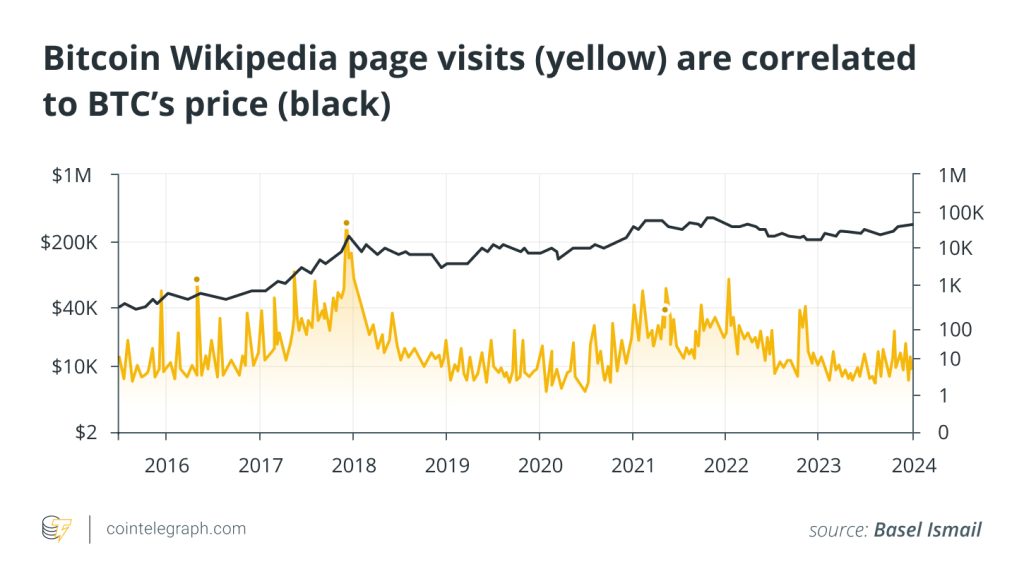
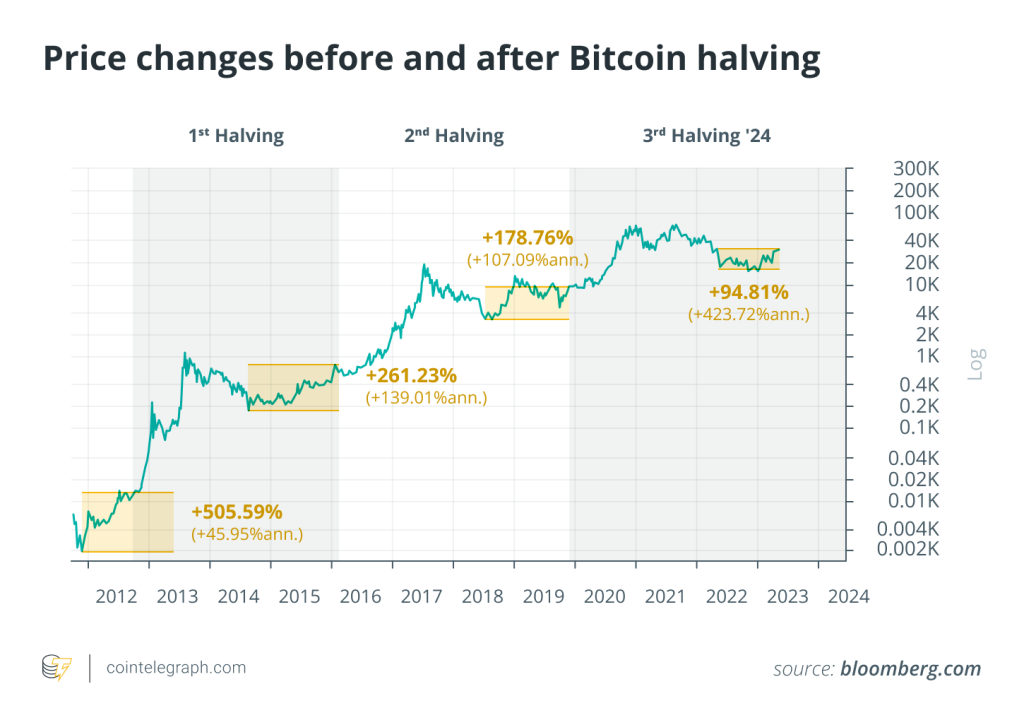
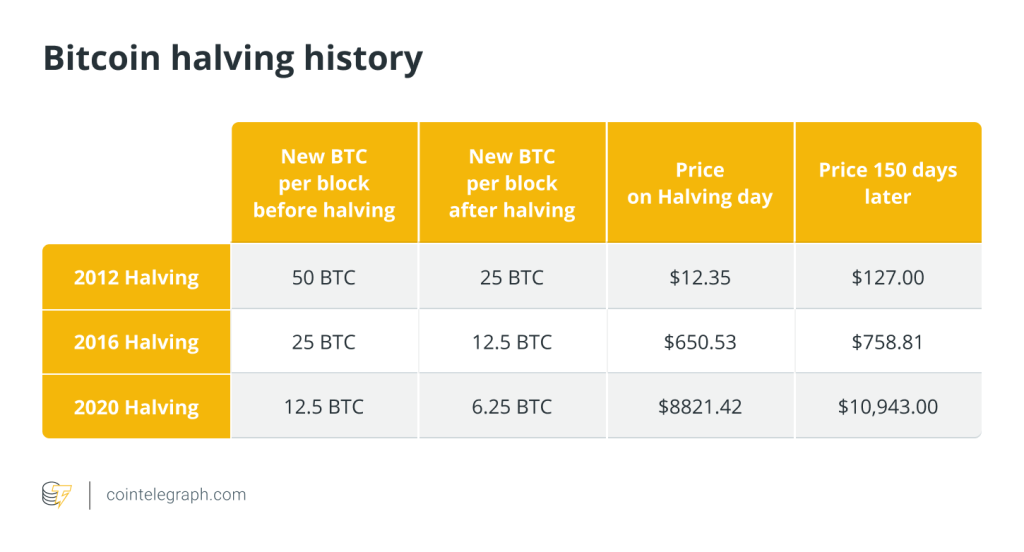
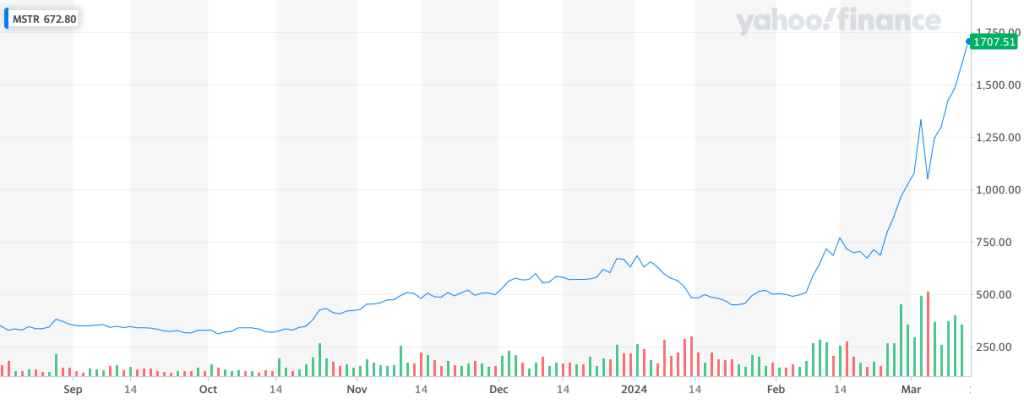
… [Trackback]
[…] Here you will find 91041 additional Info to that Topic: x.superex.com/academys/deeplearning/1728/ […]
… [Trackback]
[…] Information to that Topic: x.superex.com/academys/deeplearning/1728/ […]
… [Trackback]
[…] Here you will find 65476 more Information to that Topic: x.superex.com/academys/deeplearning/1728/ […]
… [Trackback]
[…] Information to that Topic: x.superex.com/academys/deeplearning/1728/ […]
… [Trackback]
[…] Information to that Topic: x.superex.com/academys/deeplearning/1728/ […]
… [Trackback]
[…] Find More Info here on that Topic: x.superex.com/academys/deeplearning/1728/ […]
… [Trackback]
[…] Info to that Topic: x.superex.com/academys/deeplearning/1728/ […]
… [Trackback]
[…] Read More here to that Topic: x.superex.com/academys/deeplearning/1728/ […]
… [Trackback]
[…] Read More here on that Topic: x.superex.com/academys/deeplearning/1728/ […]
… [Trackback]
[…] Read More on that Topic: x.superex.com/academys/deeplearning/1728/ […]
… [Trackback]
[…] There you will find 45527 more Information on that Topic: x.superex.com/academys/deeplearning/1728/ […]
… [Trackback]
[…] Information to that Topic: x.superex.com/academys/deeplearning/1728/ […]
… [Trackback]
[…] Find More Info here on that Topic: x.superex.com/academys/deeplearning/1728/ […]
… [Trackback]
[…] Find More here to that Topic: x.superex.com/academys/deeplearning/1728/ […]
… [Trackback]
[…] There you will find 97296 additional Information on that Topic: x.superex.com/academys/deeplearning/1728/ […]
… [Trackback]
[…] Read More to that Topic: x.superex.com/academys/deeplearning/1728/ […]
… [Trackback]
[…] There you can find 40146 more Information on that Topic: x.superex.com/academys/deeplearning/1728/ […]
… [Trackback]
[…] Read More here on that Topic: x.superex.com/academys/deeplearning/1728/ […]